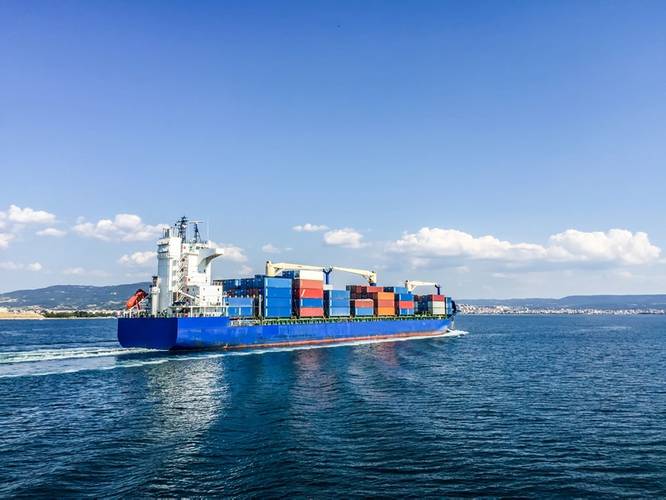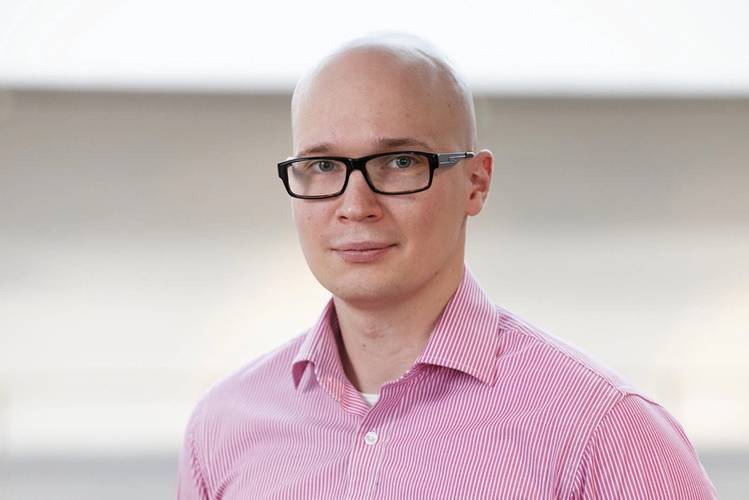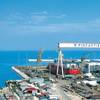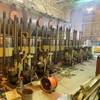Ship owners weighing future marine fuel choices after the International Maritime Organization’s (IMO) 2020 0.5 percent sulphur cap should also consider oil company expectations that up to 30 percent of commercial shipping will gravitate back to high sulphur fuel oil by 2030, according to naval architecture and engineering consultancy Foreship.
With just over 100 ships running on liquefied natural gas (LNG) today, the number in service is likely to remain below 500 by 2020. At the same time, while the 0.1 percent fuel sulphur content limit inside emissions control areas has brought 1,500 scrubber installations, yard capacity could only grow that number to 3,000-4,000 by 2020. Most ships will run on 0.5 percent sulphur content HFO to meet the cap.
Foreship Head of Machinery Department, Olli Somerkallio, explained that, post 2020, 0.5 percent sulphur content fuel will be blended from distillates and HFO of up to 2.5 percent sulphur content. Higher sulphur HFO (HSHFO) can be used as a marine fuel where scrubbers are installed, but could also be a substitute fuel in gas powerplants in former Soviet countries, or a coal substitute. This will change the pricing dynamic of HSHFO: to compete with coal, prices would have to be relatively low.
The implication is that HSHFO will return to favor as a marine fuel after the dust settles. “This will have a significant impact on the ROI of scrubbers in the future,” Somerkallio said.
Foreship offers independent advice on adapting ships for new marine fuels and emissions abatement, with a reference list that includes 34 exhaust gas scrubber retrofit projects to enable 13 cruise ships, 11 ro-pax ferries, nine ro-ros and one containership to burn HFO in ECAs. In this case, work includes conceptual design, technology and supplier evaluation, installation feasibility, the classification and basic design work needed for system integration, plus mechanical, piping, electrical systems and automation. Foreship also covers engineering and structural design for equipment foundations and new tanks, as well as safety plans and stability updates, supervising detail design and installation during systems integration.
Foreship has advised customers to select multi-stream or in-line scrubbers, open loop, closed loop or hybrid systems. The high opportunity cost of losing sailing time in the cruise market has seen work planned underway, as well as for ro-ro ship projects work carried outindock.
“We have faced and overcome a broad range of installation challenges, including the fact that scrubbers eat into the revenue-earning space required for passengers or freight,” Somerkallio said. “We are also very familiar with the equipment options in the market and supplier references.” As well as needing new pumping, water treatment and tank storage equipment, exhaust gas scrubbers demand considerable new pipework on board. Installing inline means that existing silencers need to be replaced with larger equipment, causing a space challenge for casing.
“Gaining this experience provides a wealth of independent experience that owners of cargo ships can draw on as the 2020 global sulphur cap approaches,” Somerkallio said. “The track record is also long enough to understand that ships within the same project do not always benefit from the same equipment selection.”


















